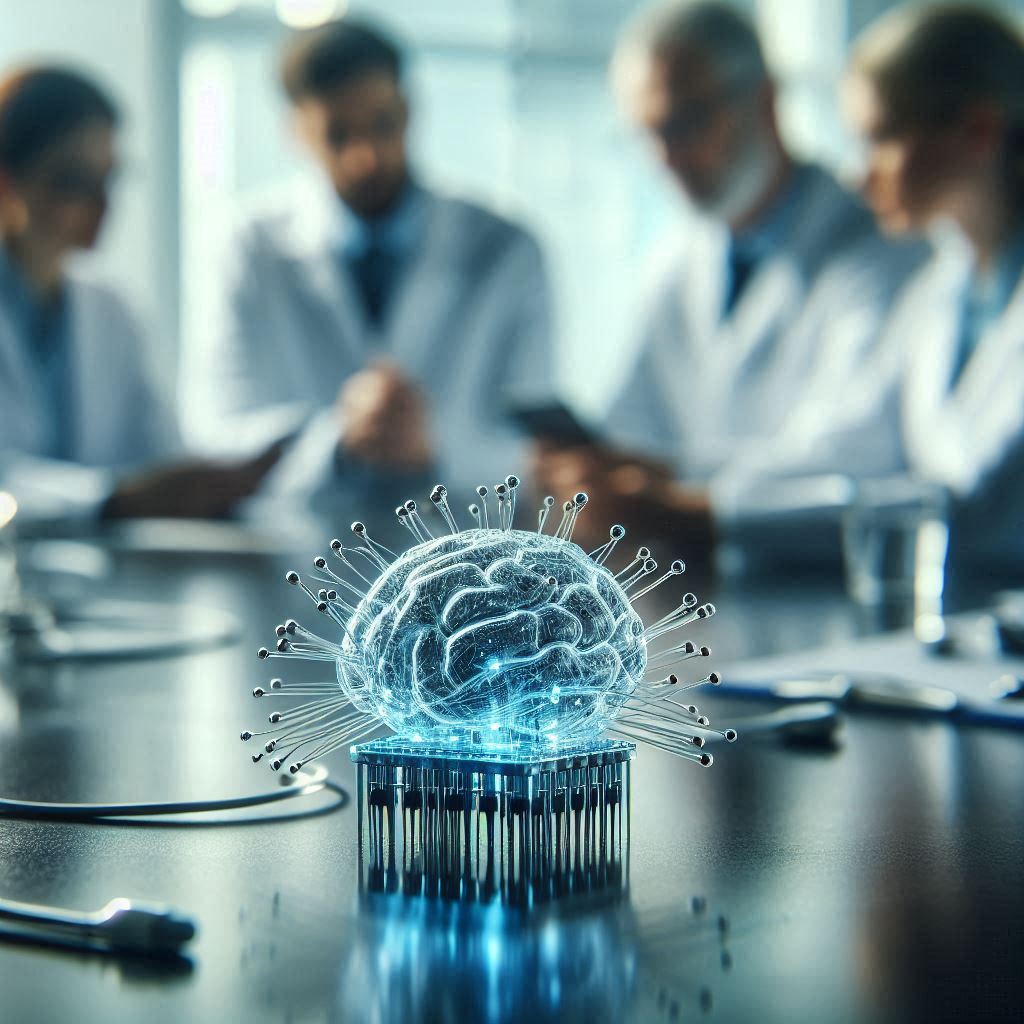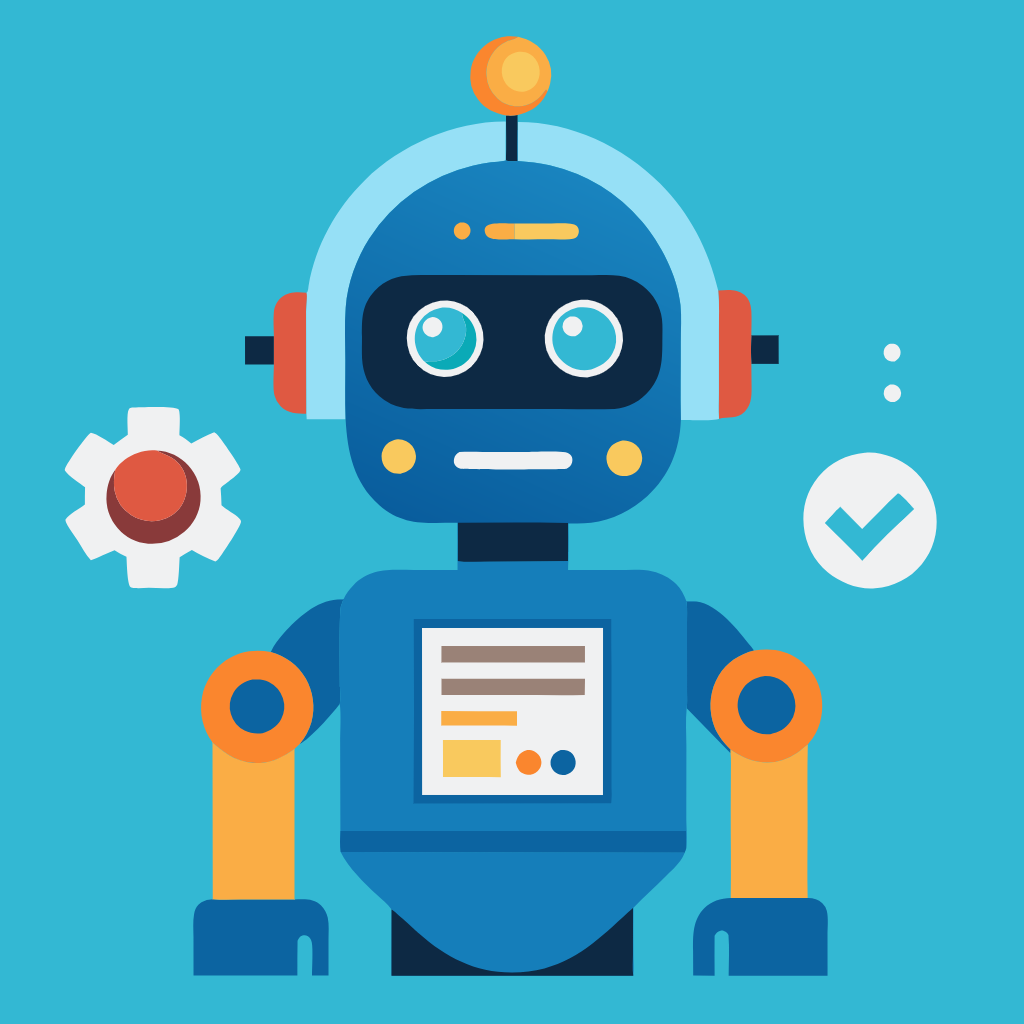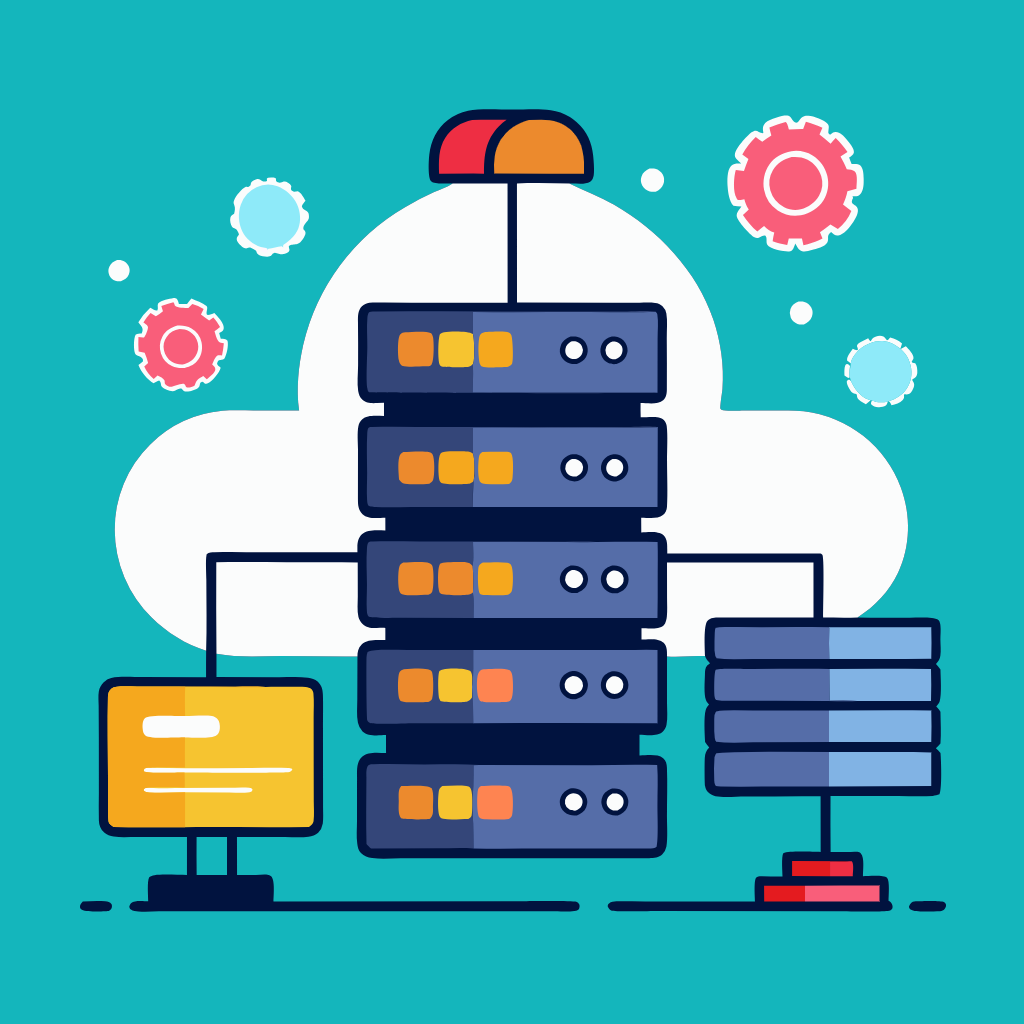Artificial intelligence (AI) has become a ubiquitous part of our lives. From facial recognition software to self-driving cars, AI is rapidly changing the way we live and work.
However, with this rapid advancement comes a growing concern about the potential security risks of AI. Here are some of the most concerning AI security risks:
1. AI-powered cyberattacks:
AI can be used to automate and amplify cyberattacks, making them more sophisticated and difficult to defend against. For example, AI can be used to create phishing emails that are more likely to be clicked on or to develop malware that can evade traditional security defenses.
2. AI-enabled social engineering:
AI can create highly personalized social engineering attacks that are more likely to succeed. For example, AI can be used to create deepfakes that can be used to impersonate someone to gain their trust or spread misinformation.
3. AI-powered surveillance:
AI can be used to develop powerful surveillance systems that can track and monitor people’s movements and activities. This raises concerns about privacy and the potential for abuse by governments or corporations.
4. AI-driven autonomous weapons:
AI can be used to develop autonomous weapons that can operate without human intervention. This raises serious ethical concerns about the potential for these weapons to be used in warfare or for other malicious purposes.
5. AI bias and discrimination:
AI systems can be biased, which can lead to discrimination against certain groups of people. For example, AI-powered facial recognition software is more accurate at identifying people of color.
It is important to be aware of the potential security risks of AI and to take steps to mitigate these risks. Some of the steps that can be taken include:
- Investing in AI security research and development
- Developing AI security standards and best practices
- Raising awareness of AI security risks
- Educating the public about AI security
- Promoting responsible and ethical development of AI
Discover more from Susiloharjo
Subscribe to get the latest posts sent to your email.





